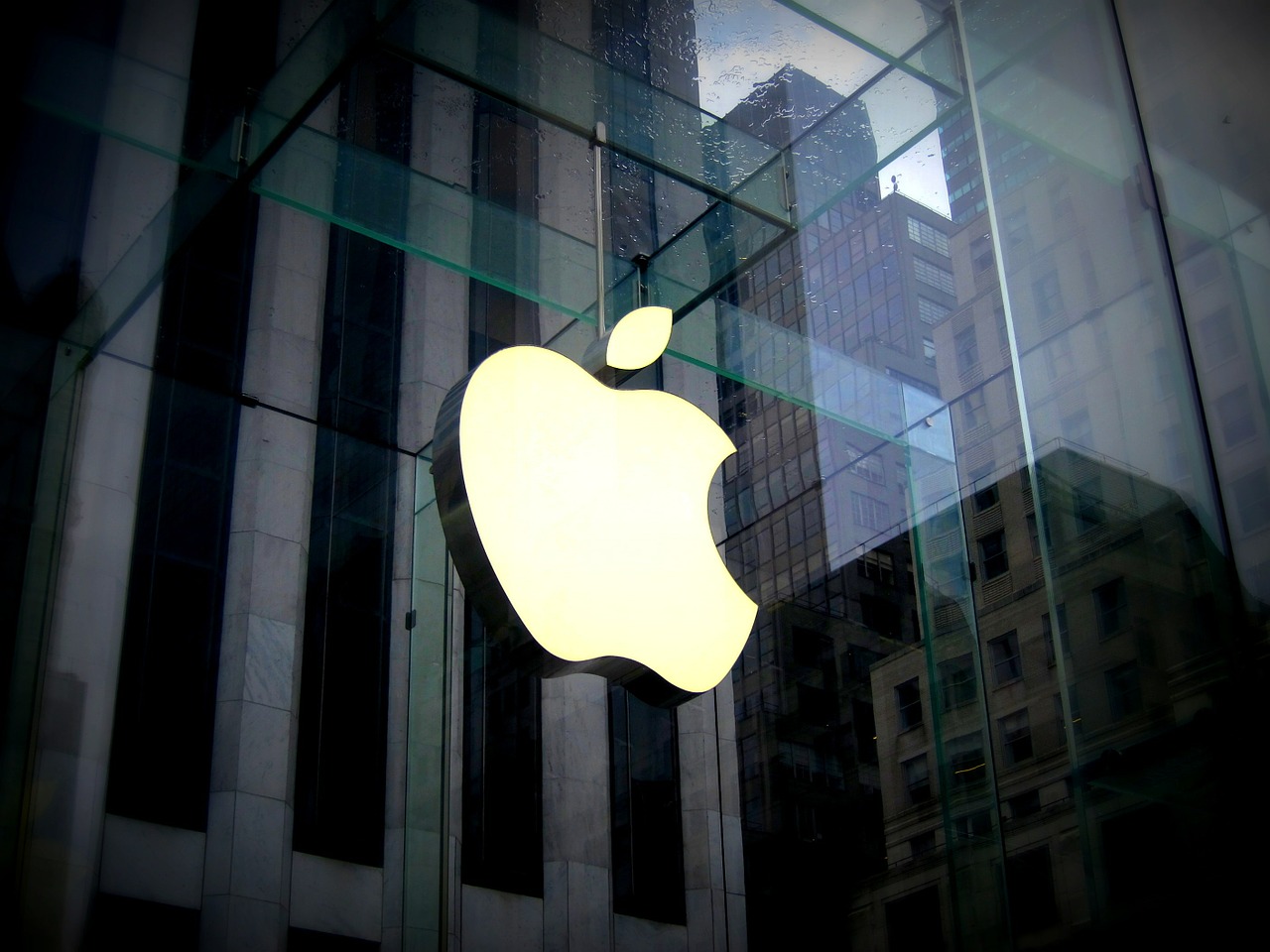
Everyone in the online advertising world who has spent the past few months waiting for details of what could be a game-changer for web browsing would have been disappointed by Apple’s “Hey Siri” event on Wednesday, September 9, 2015. There was no mention at all of content blocking in the new iOS 9.
“Content blocking” is really just a euphemism for ad blocking, and while the desktop version of Google’s Chrome browser and Android OS have, more or less, allowed users to install ad blocking software for years, iOS 9 marks the first time Apple will allow its users to block ads. This is a huge development for the ad tech communities and publishers, but for Apple, it’s just another set of features it believes protect the overall browser experience.
Ad Blocking: The “New Normal”
For ad networks and performance marketers, ad blocking has become the new normal. Apple’s decision to block content in iOS 9 is part of a trend and marks a significant shift in how advertisers connect with consumers online. For example, quietly and with none of the heated speculation about potential content blocking in iOS 9, Google announced that as of September 1, 2015, its Chrome browser will begin blocking Adobe Flash ads, favoring HTML5 ads instead.
Combined with ad blocking across all platforms, Google’s decision to block Adobe Flash ads is a seismic event: Google’s Chrome browser commands a sizable market share for desktop Internet use, and the majority of rich media ads on desktop still use Flash. Ad blocking makes using the Internet more enjoyable for consumers—there will be fewer irrelevant and annoying ads to interfere with the browsing experience and web pages will load faster.
Everyone else, from ad networks to online agencies, will have to tune their strategies accordingly.
Ad Blocking Has the Potential to Disrupt the Entire Economy of the Internet
Content and ad blocking means more than allowing consumers to disable Flash-based banner ads and so forth on websites. Content blocking will also move onto mobile devices, potentially affecting in-app ads and interstitials. At first glance, content and ad blocking also call into question the entire economy of the Internet. We asked a few of our clients to weigh in on this topic.
“Taking in consideration that currently the majority of mobile publishers rely 100% on in-app or mobile site monetization through advertising, this basically would mean high harm to their business,” says Matthias Lesch, co-founder and CEO of ad network Crobo. “Restricting ads with ad-blocking in the current mobile freemium ecosystem will likely lead to less content, which would be a wrong development in my view. Many publishers offer free apps or free mobile content pages and they are only able to exist because of advertising.”
Matthew Lord, chief strategy officer of Adperio echoes these sentiments. “The free Internet needs ads. Given the choice between ads and paywalls, people have shown they prefer ads. But ad blockers are also solving for other problems: security vulnerabilities and script-heavy pages that slow load times,” he says. “The problem as I see it is this: if we let Apple, Google, and Facebook solve these problems, they will own an even larger share of every ad dollar than they already do. Rather than compete with ad blockers, we should compete with new ad technologies and units that compete with the closed platforms that are the true threat to a diverse advertising ecosystem.”
The Takeaway from Content Blocking in iOS 9? Focus on the Consumer Experience
At the end of the day, if ad blocking exists, it exists for a reason and that reason is to enhance the consumer experience, says AdAction Interactive CEO Brian Fox. “Overall, I think it’s a good system of checks and balances for the industry. Fundamentally, the consumer is the crown jewel for all parties. Whether technology publishers or advertisers, we all share the same common customer, just from different angles … Technology like ad blocking helps right the ship, so people don’t go too far right or too far left. I think all parties are trying to balance the consumer experience and monetization.”
Ultimately, Fox explains, it will be the consumers who now have the choice about whether or not to block advertising. “I think that’s still a small percentage of consumers that want that [ad blocking] experience,” he says. “If that percentage of consumers becomes the majority, then we as an advertising industry are really missing the boat on execution. That means that six out of 10 consumers are so fed up with online advertising and mobile advertising that they’d rather not see it at all and are willing to spend time downloading an app or registering, or changing their browser settings to make advertising go away. You have to think about how bad an experience you have to have for consumers to spend that time either Googling how to do it or even taking the 30 seconds to adjust their options because of it.”
How Can Advertisers Best Address the “New Normal” of Ad Blocking?
“Relevance increases the advertising experience,” Fox continues. “With highly relevant ads, the consumer becomes more engaged in dealing with advertising.” Technology like ad blocking therefore helps maintain the focus on relevancy and quality. “I don’t think anyone, including Google or Apple, wants to kill advertising,” Fox says. “They’re not saying ‘iOS 9 is coming out and all ads will be blocked.’ They’re saying ‘iOS 9 is coming out and as a feature, you can block ads. Here’s how you’d do it. Here are third-party apps who will bridge the gap on how to do it.’ That’s the distinction. It just holds everyone accountable to making sure the consumer is having a great experience.”
Like this article? Sign up for our blog digest emails.
Author
Josh Todd, TUNE's VP of Product, is an innovative product management leader with 12 years of experience in the partner marketing industry. Prior to TUNE, Josh ran an early mobile-focused affiliate network, wrote a marketing blog, and generated thousands of leads for advertisers via targeted media buys.




Leave a Reply
You must be logged in to post a comment.